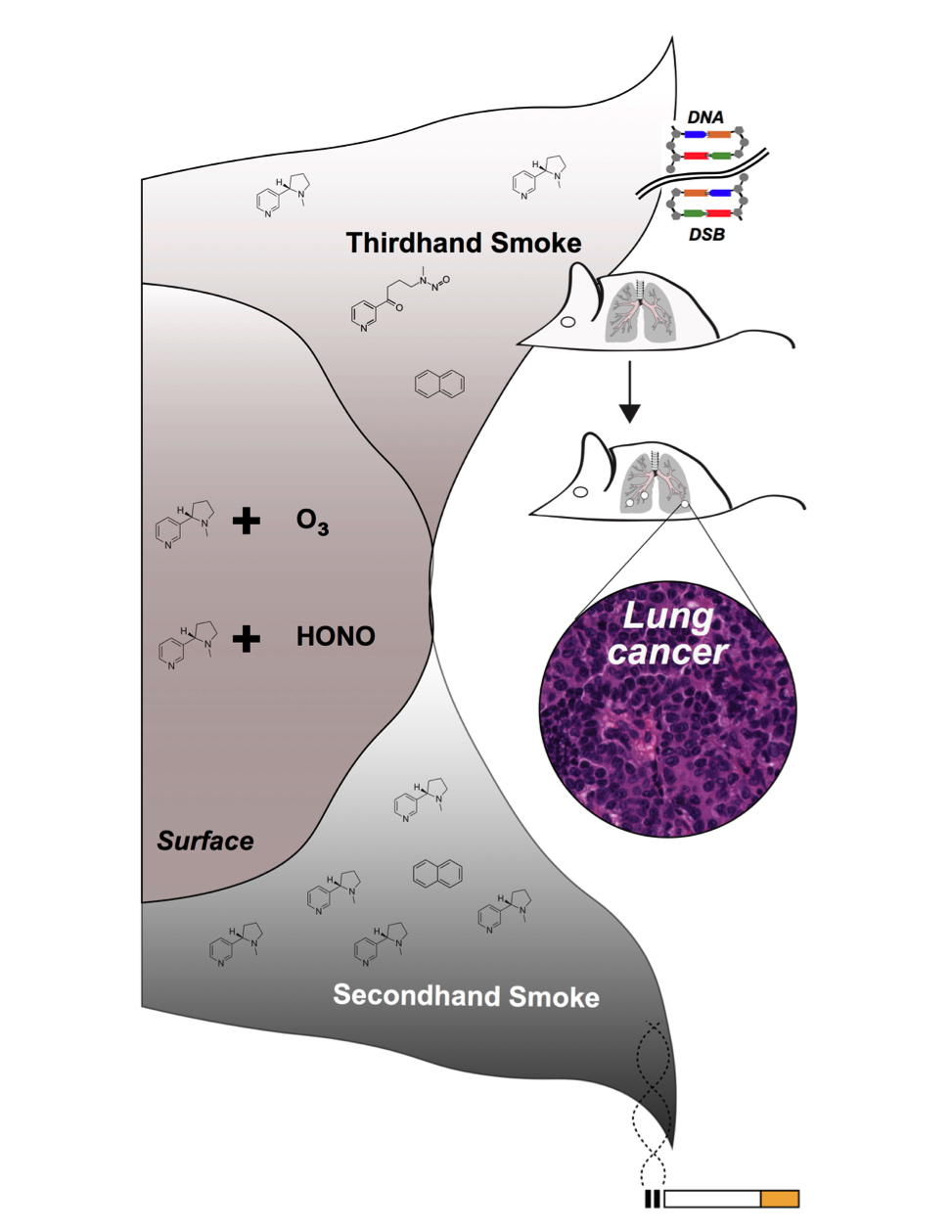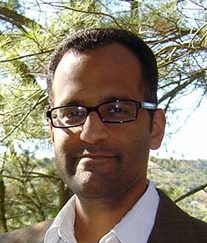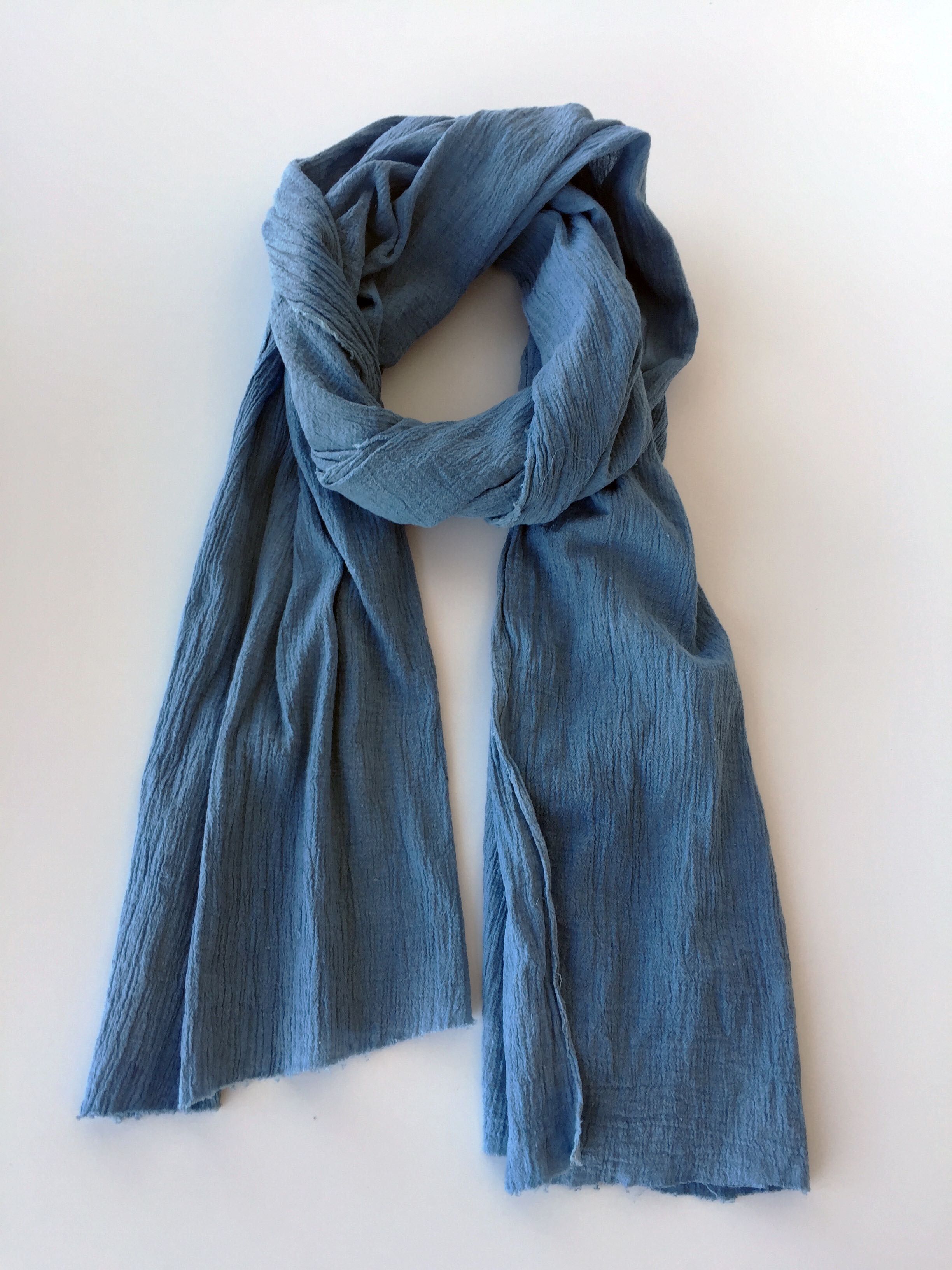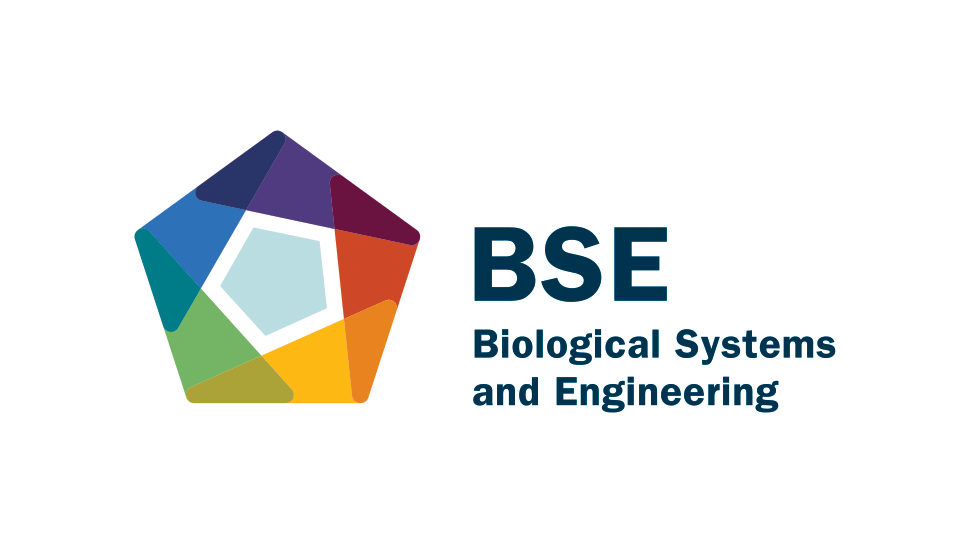
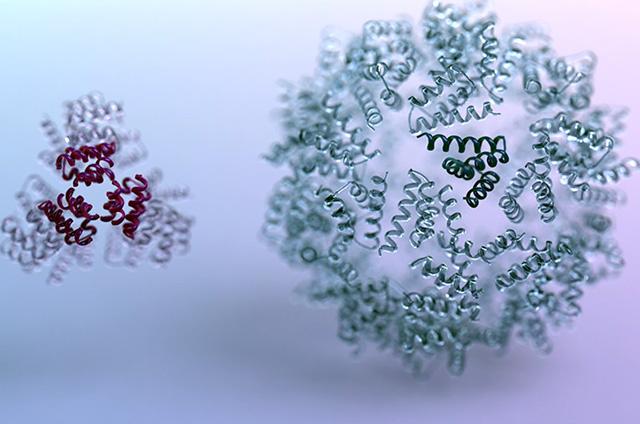
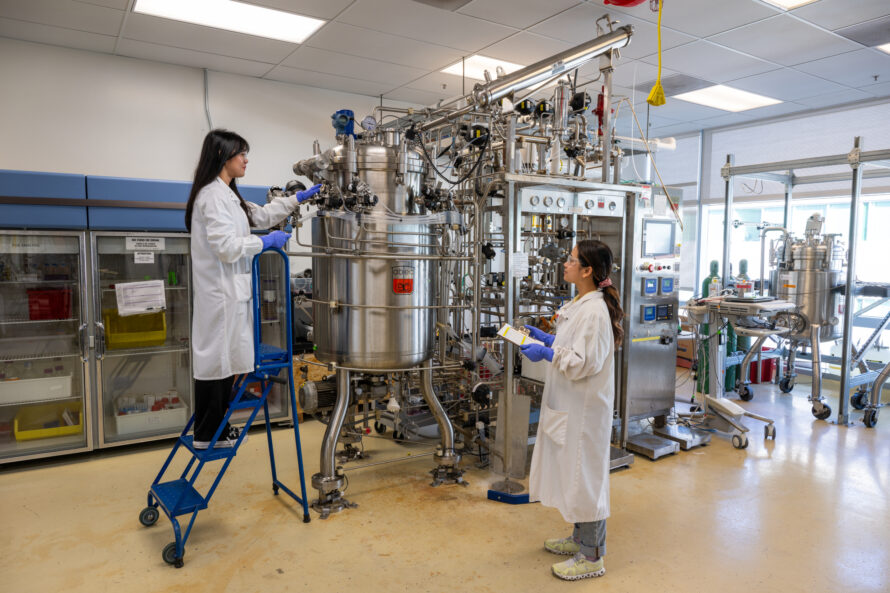
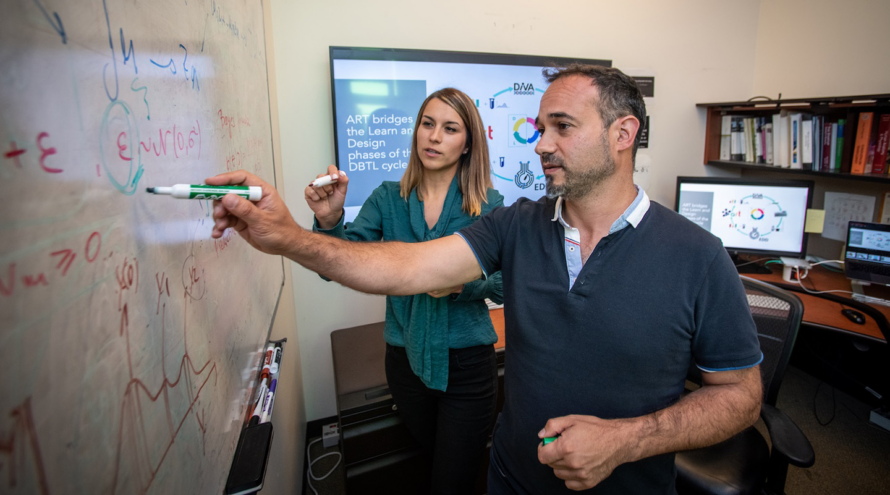
-
Brewing Hoppy Beer Without the Hops
In a new study published in Nature Communications, a team of researchers led by Jay Keasling, CEO of the Department of Energy’s Joint BioEnergy Institute (JBEI), report that brewer’s yeast can be engineered to alter the flavor of beer. In this case, the scientists incorporated recombinant DNA derived from yeast, mint, and basil so the brewer’s yeast would biosynthesize aromatic monoterpene molecules that impart hoppy flavor. The benefits of this are two-fold: bioengineering can lead to flavor palette expansion while increasing the sustainability of the brewing process.
Read the article -
Thirdhand Smoke Found to Increase Lung Cancer Risk in Mice
Cigarette smoke contains myriad compounds that are known mutagens and carcinogens, and the health risks associated with active smoking and secondhand smoke are well established. Nearly 10 years ago, researchers at Berkeley Lab identified another potentially hazardous source of tobacco exposure: thirdhand smoke, the toxic residues that linger on indoor surfaces and in dust long after a cigarette has been extinguished. A team led by Antoine Snijders, Jian-Hua Mao, and Bo Hang in Biosciences’ Biological Systems and Engineering (BSE) Division have determined that early thirdhand smoke exposure is also associated with increased incidence and severity of lung cancer in mice.
Read the article -
Brown Fat Flexes its Muscle to Burn Energy—and Calories
A multidisciplinary team of bioengineers and metabolic researchers led Andreas Stahl, a professor in the Department of Nutritional Sciences & Toxicology at UC Berkeley, has figured out a new pathway that triggers brown fat to consume calories and radiate them away as heat. Sanjay Kumar, a faculty scientist in Biological Systems and Engineering (BSE) and assistant professor of bioengineering at UC Berkeley, was a co-author on the study published March 6 in Cell Metabolism. One unexpected finding was that muscle-like myosin is responsible for causing brown fat cells to stiffen in response to signals from the brain; it is this increased tension…
Read the article -
Using Nature’s Blueprint for Sustainable Indigo Dyeing Process
Indigo has been prized since antiquity for its vibrancy and deep blue hue and, for more than a century, its unique properties have been leveraged to produce the popular textile blue denim. However, the dyeing process requires chemical steps that are environmentally damaging. A team of researchers in the Molecular Biophysics and Integrated Bioimaging (MBIB) and Biological Systems and Engineering (BSE) Divisions, at JBEI, and UC Berkeley have developed a promising sustainable indigo dyeing process that relies on genetically engineered bacteria, mimicking the natural biochemical protecting group strategy employed by the Japanese indigo plant Polygonum tinctorium.
Read the article -
Area Scientists to Present Talks at 2018 AAAS Annual Meeting
Several Berkeley Lab scientists will present talks at the 72nd annual meeting of the American Association for the Advancement of Science (AAAS), the world’s largest general scientific society, to be held February 15 through 19 in Austin, Texas. Among them are four representing the Biosciences Area: Mary Maxon, Blake Simmons, Trent Northen, and Susannah Tringe.
Read the article

